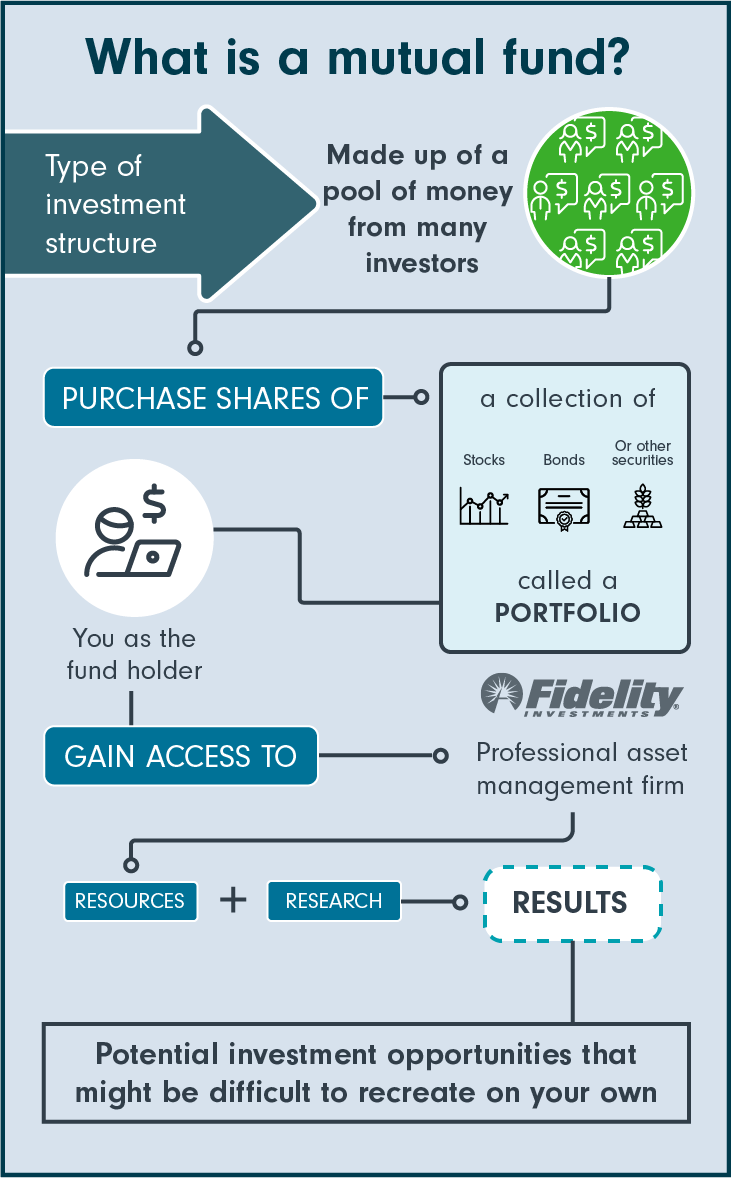What is a mutual fund?
What is a mutual fund?

A mutual fund is a type of investment structure made up of a pool of money from many investors to purchase a collection of stocks, bonds, or other securities — a portfolio. It is professionally managed by an asset management firm to take advantage of investment opportunities more easily than if you bought the individual stocks or bonds (assets) yourself.

When you, the investor, invest in a mutual fund, you may be invested in several different companies, but you do not actually own the securities (stocks, bonds, etc.) in which the fund invests; you only own shares in the mutual fund itself.

A unit in a mutual fund is also called a “share,” and the combined holdings of the mutual fund are known as its “portfolio.” Investors buy shares in a mutual fund and are called “investors,” “fund holders” or “unitholders.”

In any investment you make, there is a trade-off between risk and return. A fund that promises the potential of higher returns usually comes with higher risk. On the flip side, a fund with a low risk level might not deliver returns that are high enough to help you reach your financial goals. The right type for you may depend on your tolerance for risk and your personal investment goals.
How do mutual funds work?
Mutual funds are a practical, cost-efficient way to build a diversified portfolio of stocks, bonds or short-term investments. Most mutual funds invest in asset classes such as equities (stocks and shares) and/or bonds (fixed income), but they can also invest in commodities, real estate and other investments.
-
Investment pool
A mutual fund is an investment that pools together money from individual investors to buy asset classes such as stocks, bonds and other securities to perform as one investment.
-
Diversification
Buying shares in a mutual fund can help diversify your investments; most mutual funds hold well over 100 securities. Building and managing a portfolio containing that many securities could potentially be highly impractical, if not impossible. But remember, diversification does not ensure a profit or guarantee against loss.
-
Purpose-built
Each fund will have a stated objective that the portfolio manager will work to deliver for investors. For example, if you’re mainly interested in growing the value of your assets, you could pick a fund dedicated to capital growth
